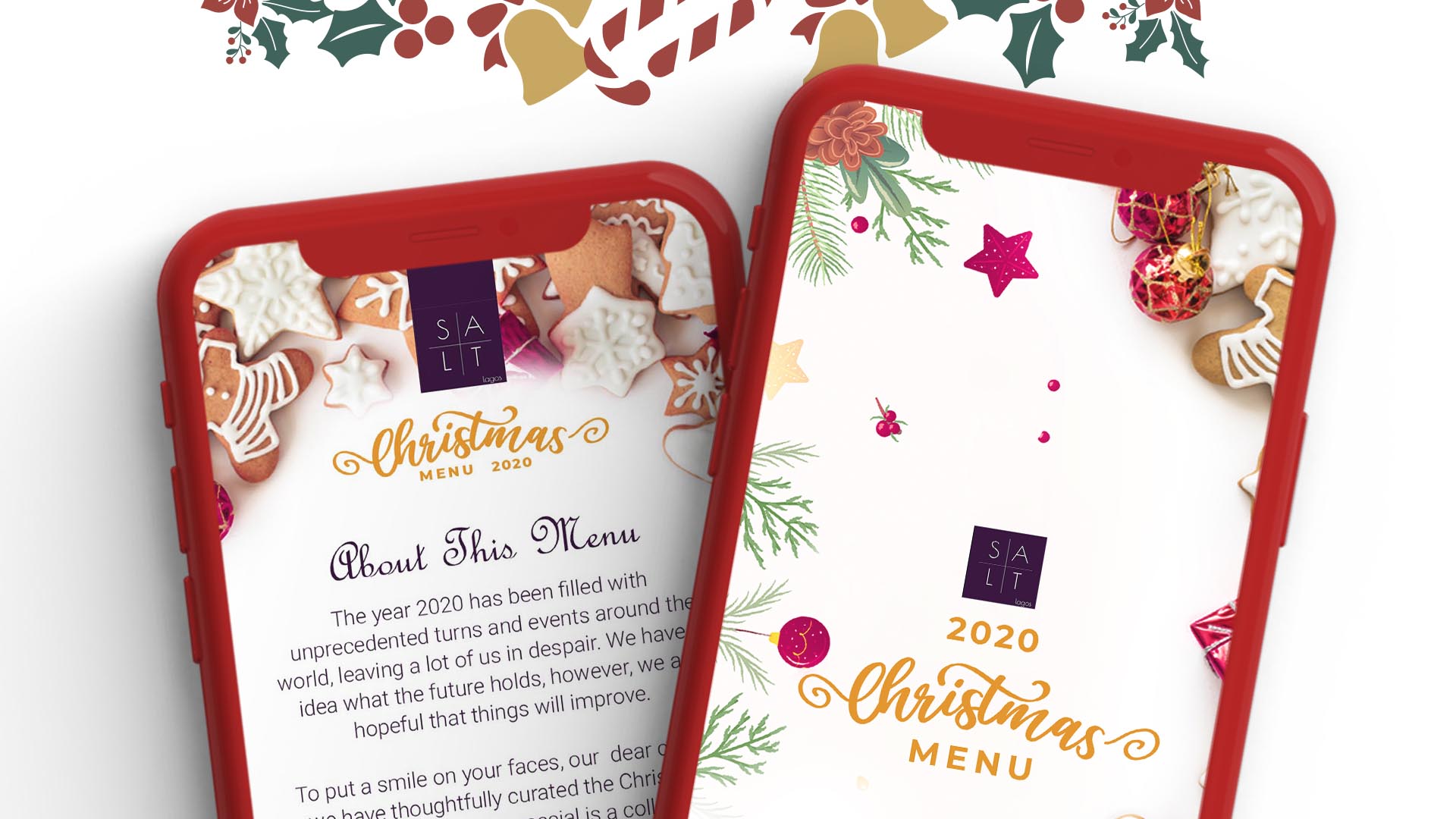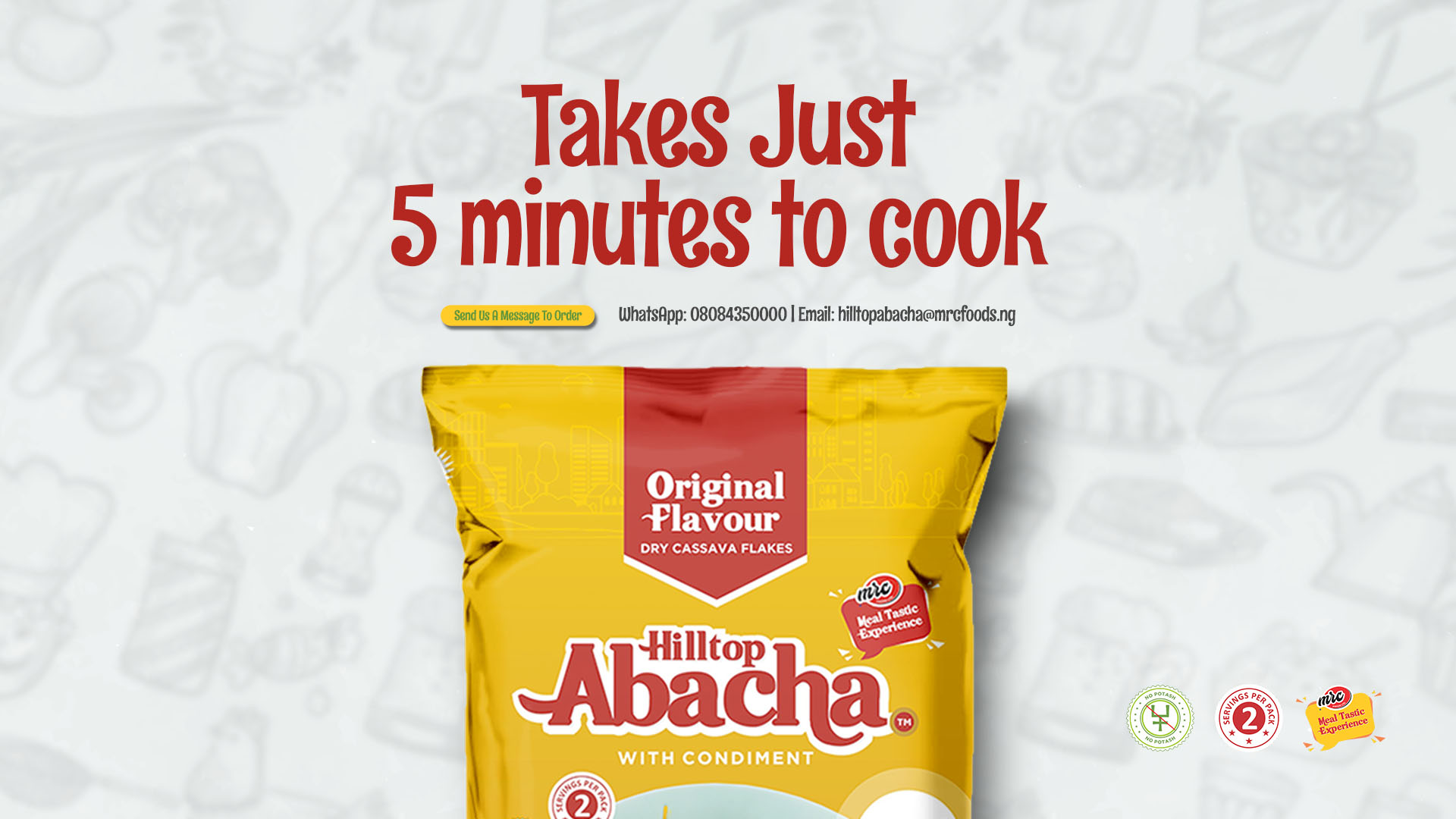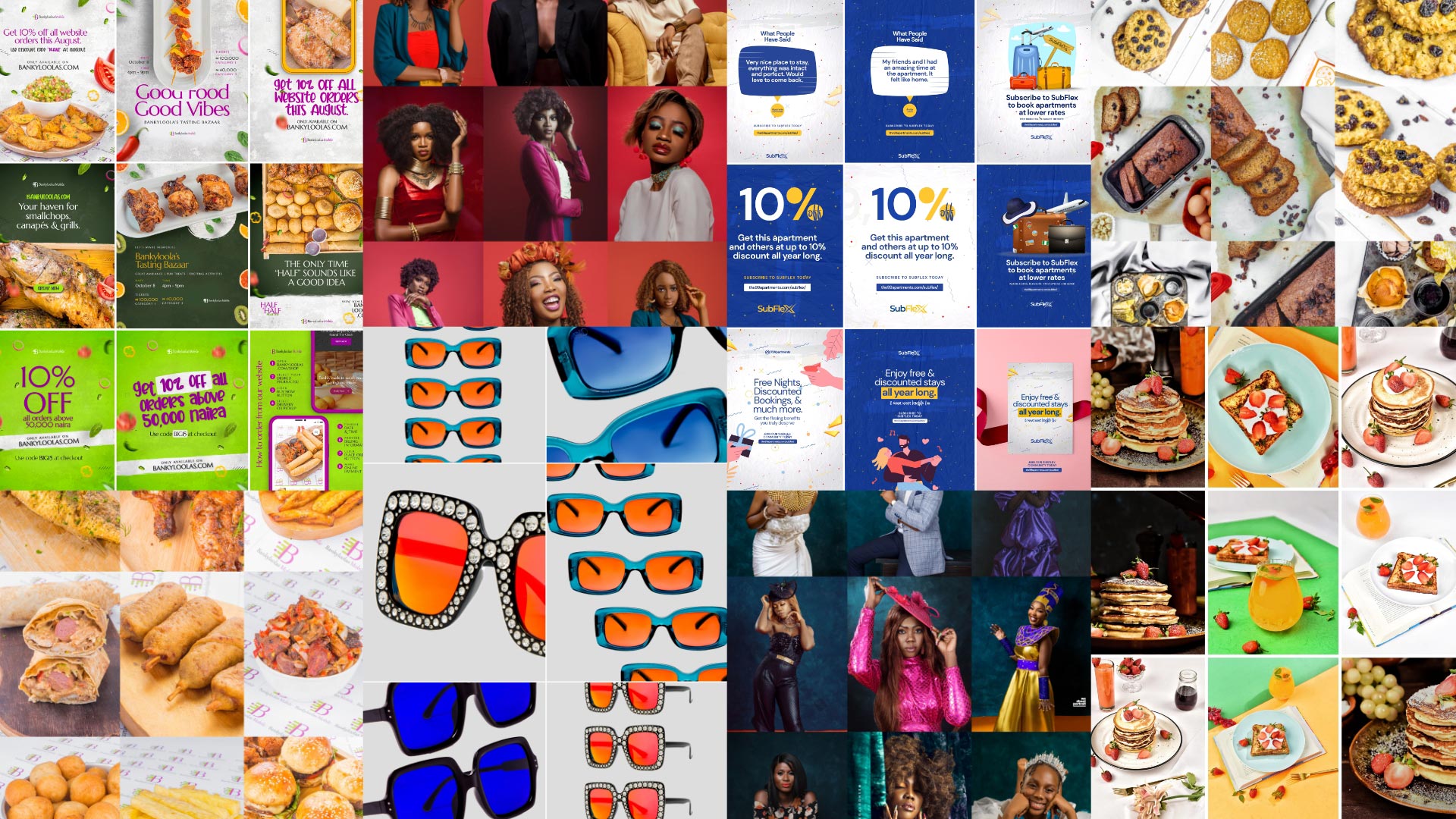1. Optimize Your Website
2. Targeted Marketing
3. Search Engine Optimization (SEO)
4. Promotions and Discounts
Offering discounts for a short period creates a sense of urgency, encouraging customers to act quickly before the promotion ends. This can help convert hesitant shoppers into buyers.
How to Use Limited-Time Discounts:
Flash Sales: Run a sale for 24 to 48 hours with discounts on specific products or sitewide to generate excitement and drive quick purchases.
Seasonal or Event-Based Sales: Align promotions with holidays, seasons, or special events (e.g., Black Friday, Cyber Monday, back-to-school) to attract shoppers looking for deals during these periods.
First-Time Buyer Discounts: Offer a discount to new customers who make their first purchase, incentivizing them to buy from your store.
Countdown Timers: Add a countdown timer to your website to show how much time is left on the discount. This visual reminder can push customers to complete their purchases before the offer expires.
Example: An apparel store could offer a “48-Hour Flash Sale – 20% Off All Dresses” to encourage quick purchases from customers browsing their site.
Free shipping is a powerful incentive that can increase conversion rates, as customers often abandon their carts when faced with unexpected shipping costs at checkout. Offering free shipping can reduce this friction and encourage more purchases.
How to Offer Free Shipping:
Sitewide Free Shipping: Offer free shipping for all orders during a limited-time promotion, which can appeal to a wide range of customers.
Free Shipping with Minimum Spend: Encourage customers to spend more by offering free shipping on orders that exceed a certain amount (e.g., “Free Shipping on Orders Over $50”). This not only drives conversions but also increases the average order value (AOV).
Holiday or Seasonal Free Shipping: Offer free shipping during key shopping seasons (e.g., holiday season, back-to-school) to attract customers looking for convenience and savings.
Example: An online electronics store could offer “Free Shipping on All Orders Over $100” to incentivize customers to add more items to their cart and take advantage of the free shipping offer.
Bundle Products to Increase Average Order Value. Offering discounts on product bundles can encourage customers to purchase more items in one transaction. For example, bundle complementary products (e.g., a shampoo and conditioner set) and offer a discount on the package deal.
Why it Works:
Increases AOV: Bundles incentivize customers to spend more in one transaction, helping to increase the average order value (AOV).
Moves Inventory: Bundling less popular items with best-sellers can help you clear out stock while still delivering value to your customers.
6. Influencer Collaborations
Partner with Micro-Influencers: Collaborate with influencers who have a strong following in your niche to promote your products. These partnerships can drive significant traffic and orders.
Launch an Affiliate Program: Offer incentives for customers, bloggers, and influencers to promote your products in exchange for a commission on sales. This allows you to expand your reach without upfront costs.
Cross-Promotions: Partner with complementary brands that share a similar audience. Cross-promote each other’s products to expand your reach.
Joint Giveaways: Collaborate with other brands for giveaways or competitions. This can bring more exposure to your brand and lead to new customers.
7. Content Marketing
Start by understanding your target audience—what problems are they facing, what questions are they asking, and what solutions are they looking for? Your content should directly address these needs.
Example: If you sell fitness gear, your audience might be interested in workout tips, healthy eating advice, or injury prevention techniques.
Write blog posts that provide actionable advice, tips, or how-tos related to your product or industry. Use SEO (search engine optimization) techniques to ensure that your content ranks well on Google and drives organic traffic to your site.
Example: If you sell skincare products, write articles like “10 Tips for Glowing Skin” or “How to Build the Perfect Skincare Routine.”
Include calls to action (CTAs) within your blog posts that encourage readers to explore your products, sign up for your newsletter, or make a purchase.
A content series (a set of related blog posts or videos) can keep your audience engaged and coming back for more.
Example: If you sell tech gadgets, you could create a “Tech Tuesdays” blog series where you review new gadgets or offer tech tips every week.
Consistency keeps your brand at the top of your audience's mind and builds loyalty.
8. Loyalty & Referral Programs
Offer bigger rewards as customers reach certain milestones, such as 5 or 10 successful referrals. For example, after 5 referrals, a customer could earn a 50% discount, and after 10, they might receive a free product. Create a leaderboard that shows customers with the most referrals, and reward top referrers with special perks.
Example: A fitness brand could offer customers a free month of service for every 5 friends they successfully refer, with additional rewards for reaching 10 or 20 referrals.
Make sure customers are aware of your loyalty and referral programs by promoting them across multiple channels:
On Your Website: Display banners or pop-ups promoting your loyalty program or referral offers.
Email Marketing: Send targeted email campaigns reminding customers to join your loyalty program or refer a friend.
Social Media: Share referral codes or details about your loyalty program with your social media followers.
9. Retargeting Ads
Site-wide retargeting shows ads to anyone who visited your website, regardless of whether they viewed a specific product. These ads are useful for bringing back visitors who explored your site but didn’t engage with a specific item.
Example: A visitor who spent time browsing various categories on a clothing website but didn’t add anything to their cart may see a retargeting ad that features popular products or a general discount, encouraging them to return and make a purchase.
10. Email List Building
Overall
These strategies are all about building excitement around your products and nudging your audience to hit that “Buy Now” button. The secret sauce? Consistency! You’ve got to stay on top of them. Keep at it, tweak what’s working (or not), and you’ll be on your way to smashing that 200-order goal in no time. 🎯
Mix these tactics, watch how they perform, and you’ll definitely boost your chances of hitting the jackpot. Just keep that momentum going! 🚀







5. Social Proof
UGC Campaigns: Encourage your customers to share photos, videos, or stories of themselves using your product on social media. You can then feature this content on your website, in your emails, or across your social media channels.
Example: A beauty brand might encourage customers to post makeup looks using their products and tag the brand on Instagram. The brand can then display these posts as a gallery on the product pages, giving potential buyers real-life examples of how the product looks and performs.
Why it Works: User-generated content adds authenticity and shows how real customers are enjoying your products, which can reassure potential buyers and make them feel more confident about purchasing.